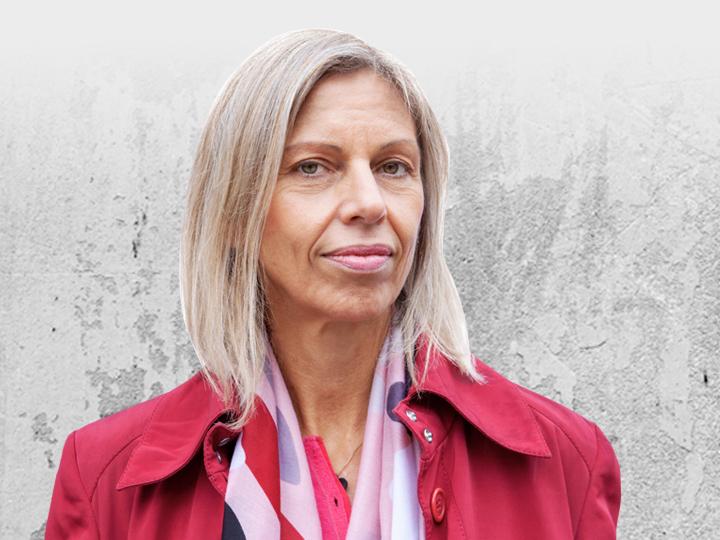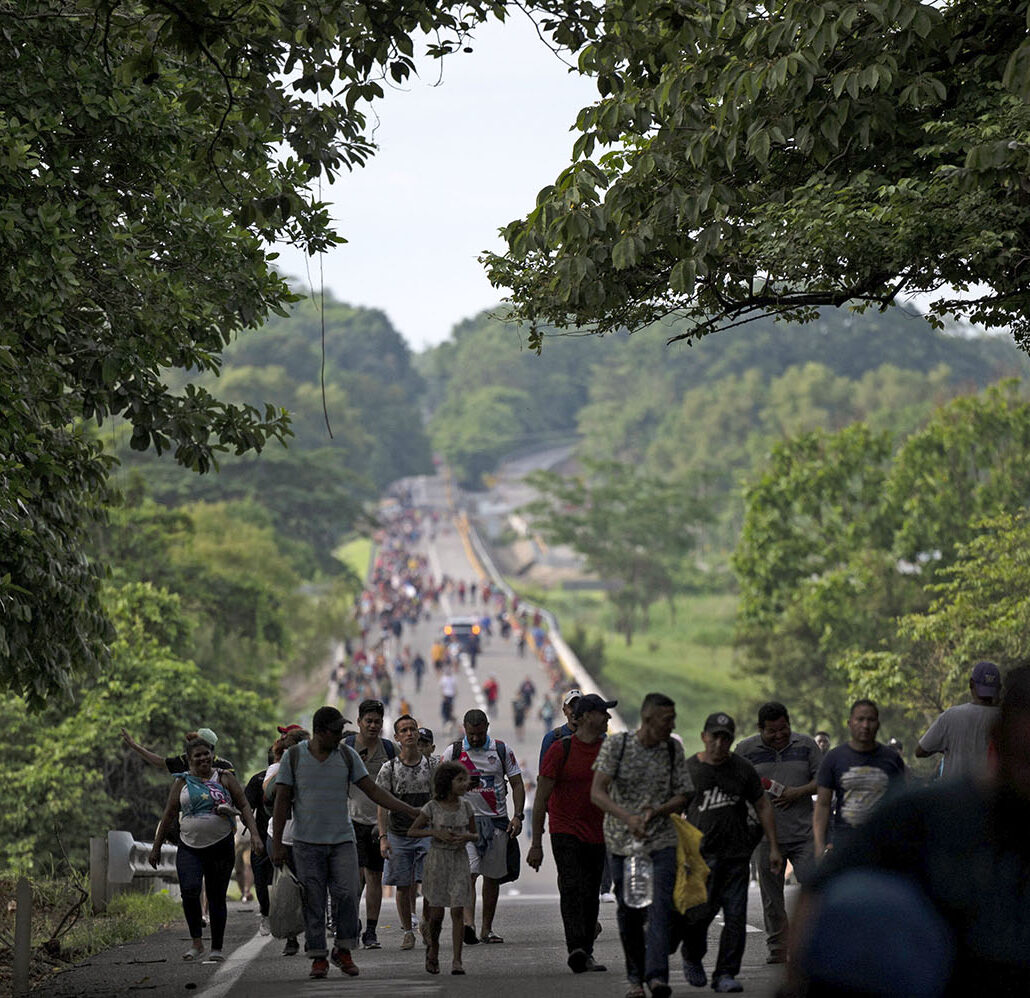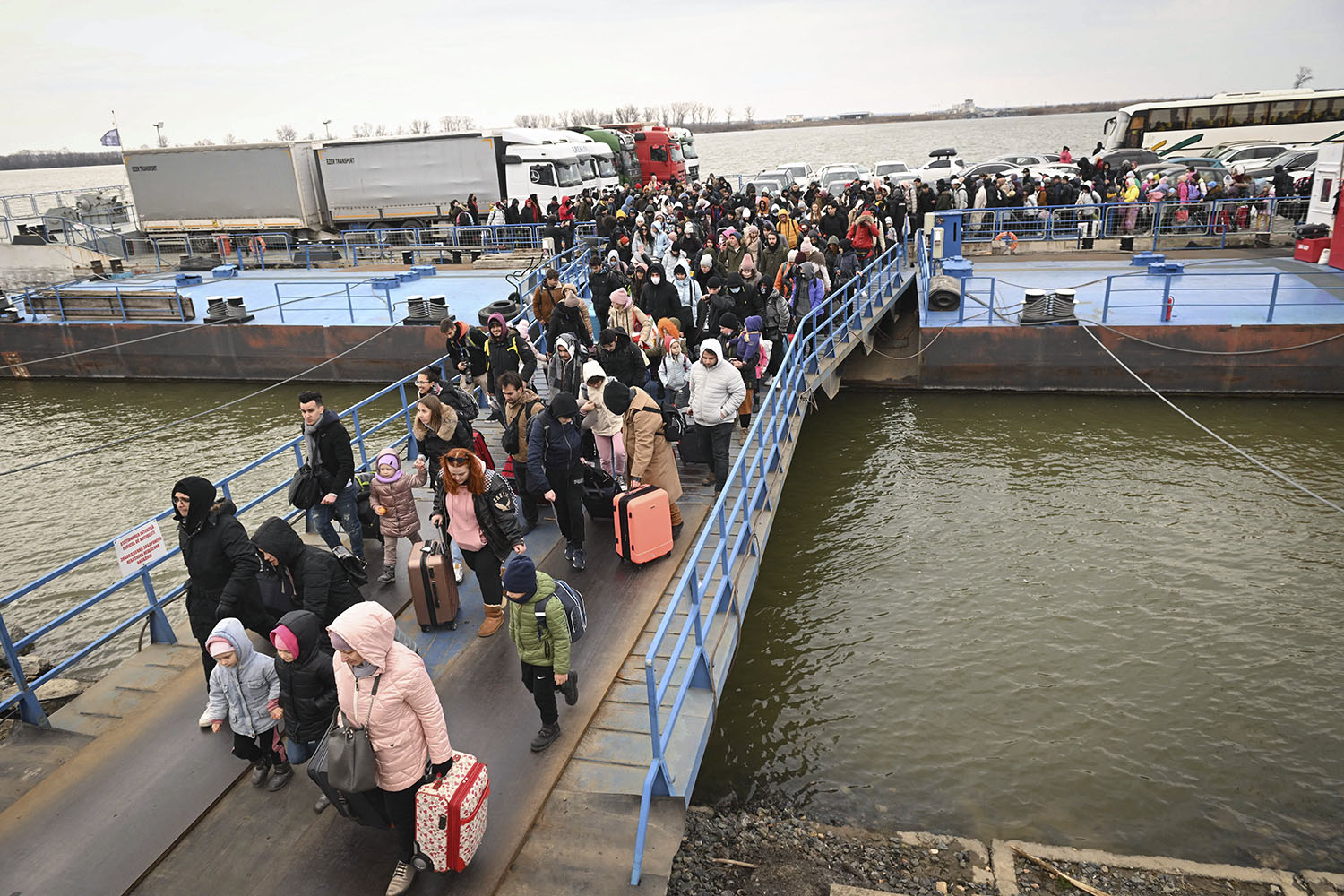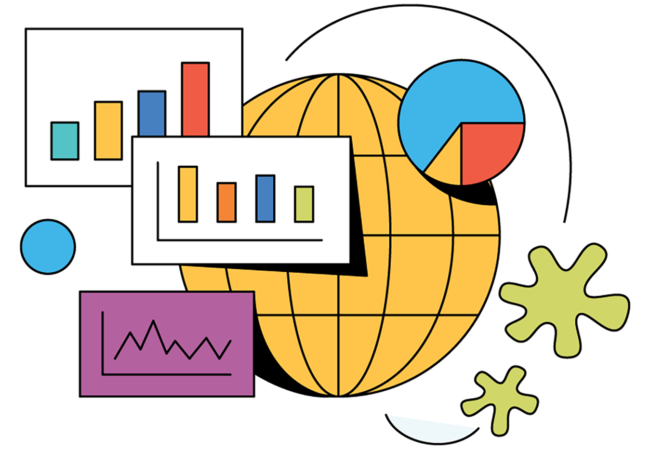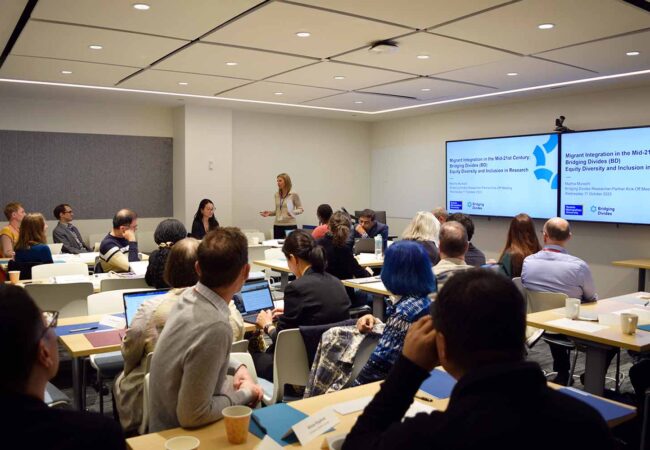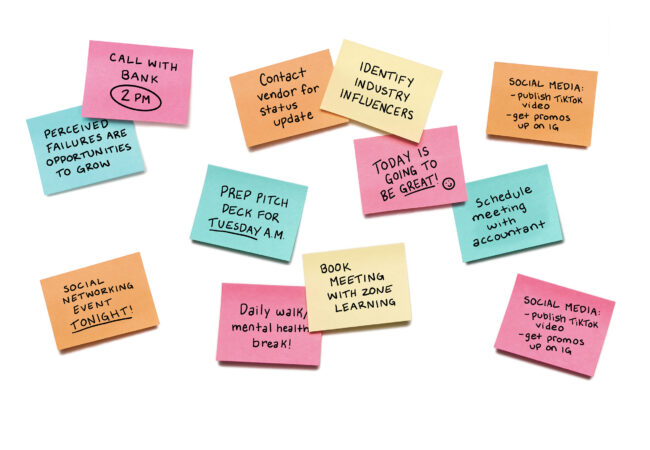The MEMO project team spans the globe but is focused in three regions with three different migration systems: Central America, West Africa and South and Southeast Asia. “They have socio-economic drivers, political drivers like conflict or ethnicity, they have environmental issues like significant flooding,” says Triandafyllidou. It also means the team can investigate internal migration, short and medium distance cross-border migration, as well as long distance, including to Canada.
With so many partners, Triandafyllidou says the MEMO project represents a commitment to de-centre the production of knowledge. “We cannot just be Canadians going and studying what is happening in those places, we need to really valorize the knowledge and expertise of our colleagues there,” she says.
MEMO’s outcomes
Triandafyllidou has ambitious hopes for the project’s outcomes. “I hope we can showcase how migration isn’t just impacting affluent, destination countries of the global North. There’s a lot of migration that happens within a world region: 80 per cent of immigration in West Africa happens within the region.”
Triandafyllidou also hopes we may see that we need to broaden the definitions we’re using. “If you say refugees also have economic motivations, you’re endangering the status of refugees without doing anything positive for migrants,” she says. “There’s no clear cut line between who is a refugee, prima facie, and a migrant – it’s much more complex than this.”
Studying technology use cases
Besides the massive MEMO project, Triandafyllidou and her team are looking at migration through other lenses. One is technology.
“We recently launched the Migration Tech Tracker, an interactive tool that presents all the policies that we could find around the globe that use AI or other advanced technology to govern migration,” she says. “We’re seeing more experimentation to support information and data gathering and processing, and decision-making” – including biometric passports and visitor triaging systems.
And while advanced technology does have positive use cases, including making the provision of welfare payments more efficient to refugees, Triandafyllidou says there’s also the concern that when automated learning is used, biases are replicated. “When a machine processes data and decisions made in the past and tries to replicate those, we know that these past decisions probably include biases, so the machine may not be objective in its judgment,” she says. “As these technologies become even more pervasive, we need to ask how we can build the necessary checks and balances.”
The team’s research around technology also includes more user-focused work like the Virtual Bridge project, which investigates how newcomers use social media, and then shares this knowledge with service providers so they may develop strategies and services that help immigrants find the jobs that match their skills and experience.
“We know migrants use social media to find information or prepare themselves and plan where they want to go,” says Triandafyllidou. “So we’re working with settlement organizations to use social media to distribute information and training, and to help them get their word out.”
The team is currently in the first phase of implementation, measuring and mapping the volume, density and reach of the social media networks of the partner organizations; assessing their capacity to deliver services through social media; and completing a comparative analysis of partners’ online accounts with their offline client information. A social media toolkit will be available to assist service providers by winter 2024.
Digital storytelling as a means to connect
While the country was in lockdown because of the pandemic, the CERC team sought other ways to continue their research. They landed on digital story-telling, and launched two projects: I am..., which explored identity and belonging in Canadian society and featured 28 short films, and Under the Tent, which included 18 multidisciplinary works from across Canada that explored “multiculturalism not as a destination but as a journey towards many destinations.”
This is particularly so in the case of migration and diversity issues as those narratives tell stories about who belongs and who does not and the projects make explicit hidden barriers in society.
“It was this idea to highlight how dynamic and complex identities are, how diverse the country is and also have people express their experiences of discrimination and how they sought to overcome this,” says Triandafyllidou. “The idea wasn’t to use documentary or photography to disseminate findings or make findings known, but rather as a way of investigating to uncover thoughts and viewpoints that are much harder to get at with traditional research.”
